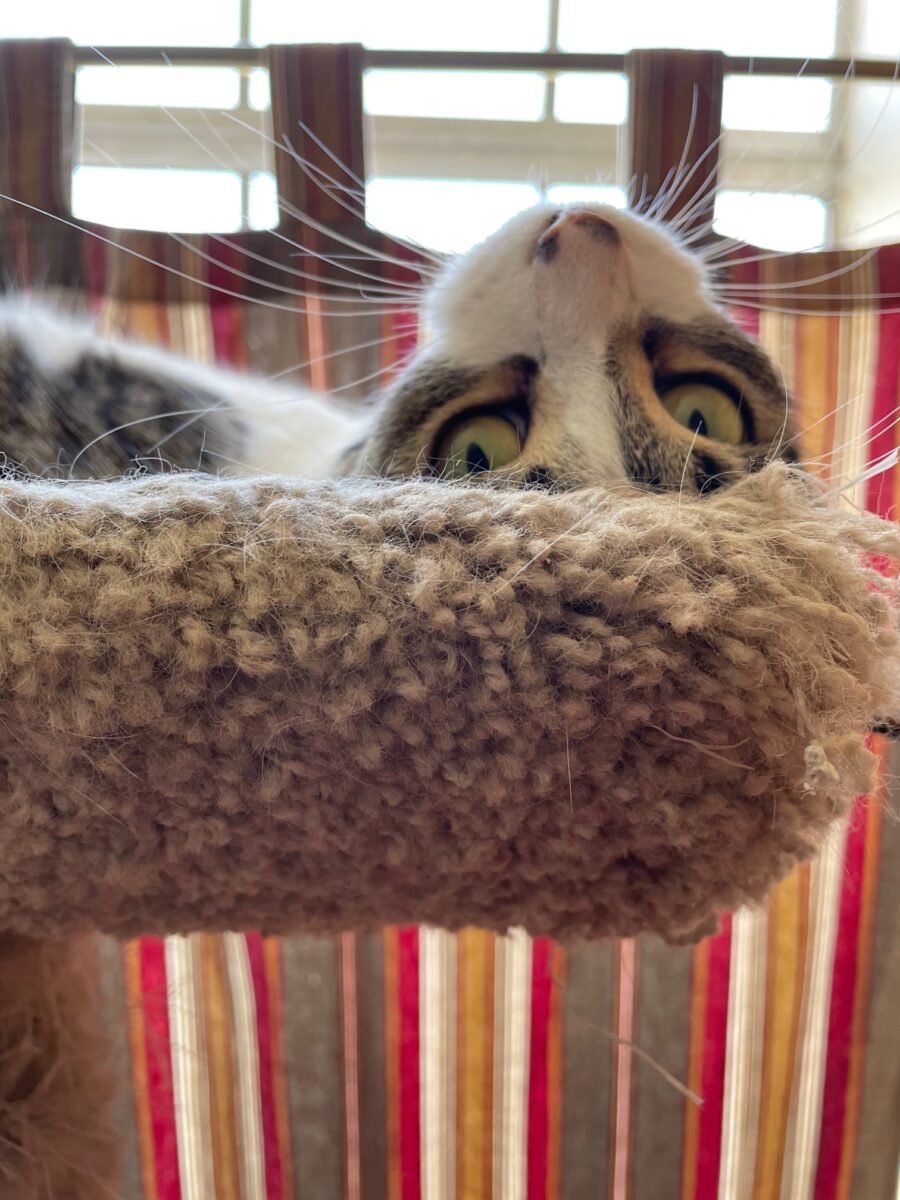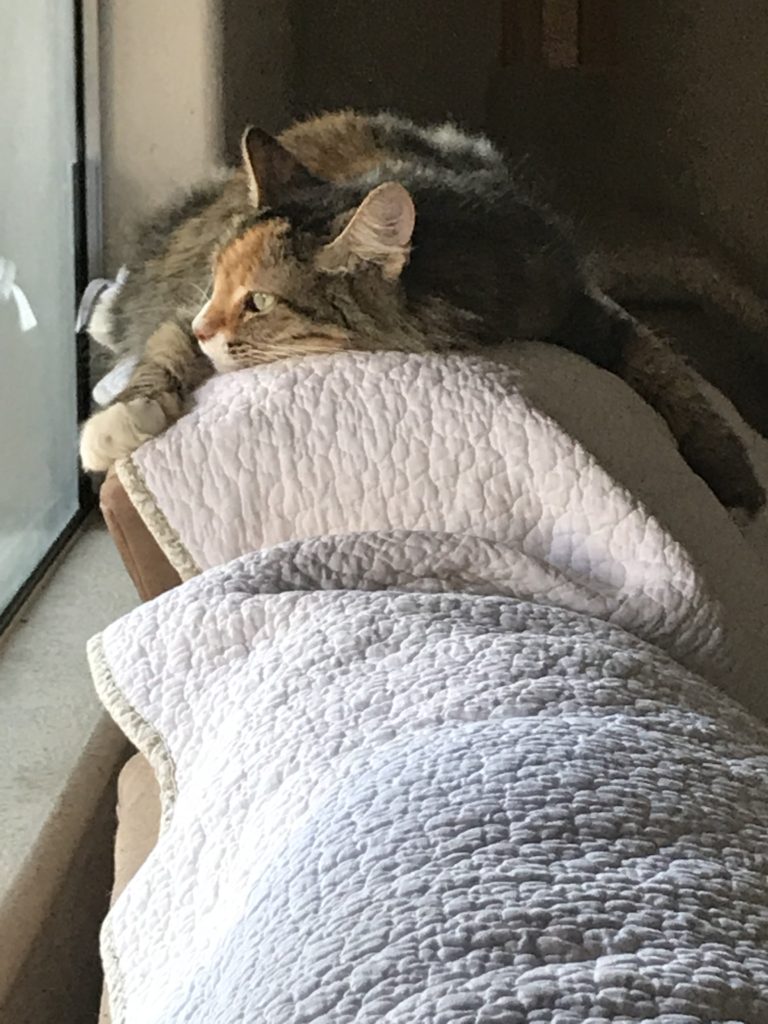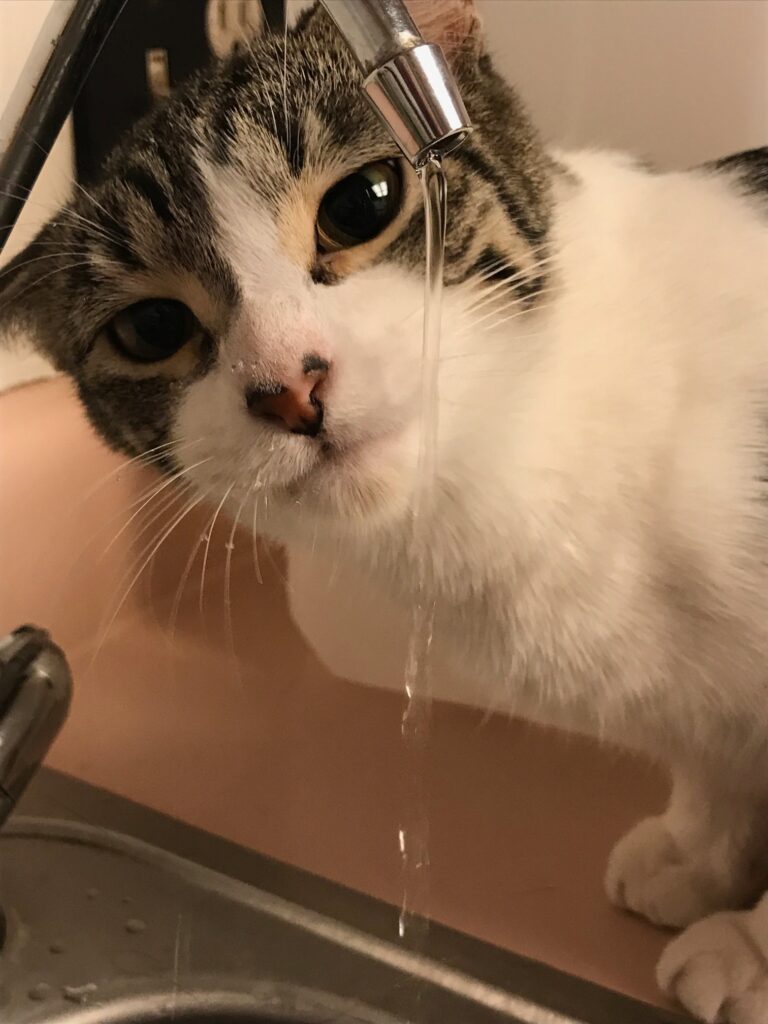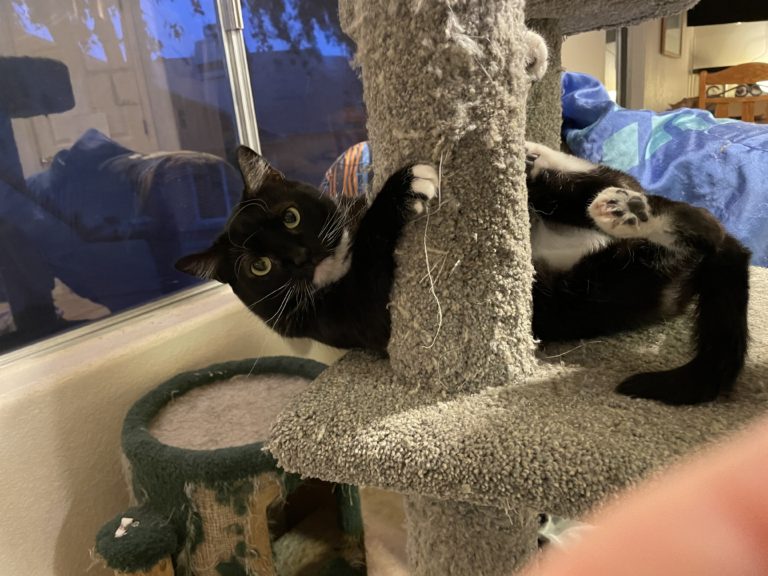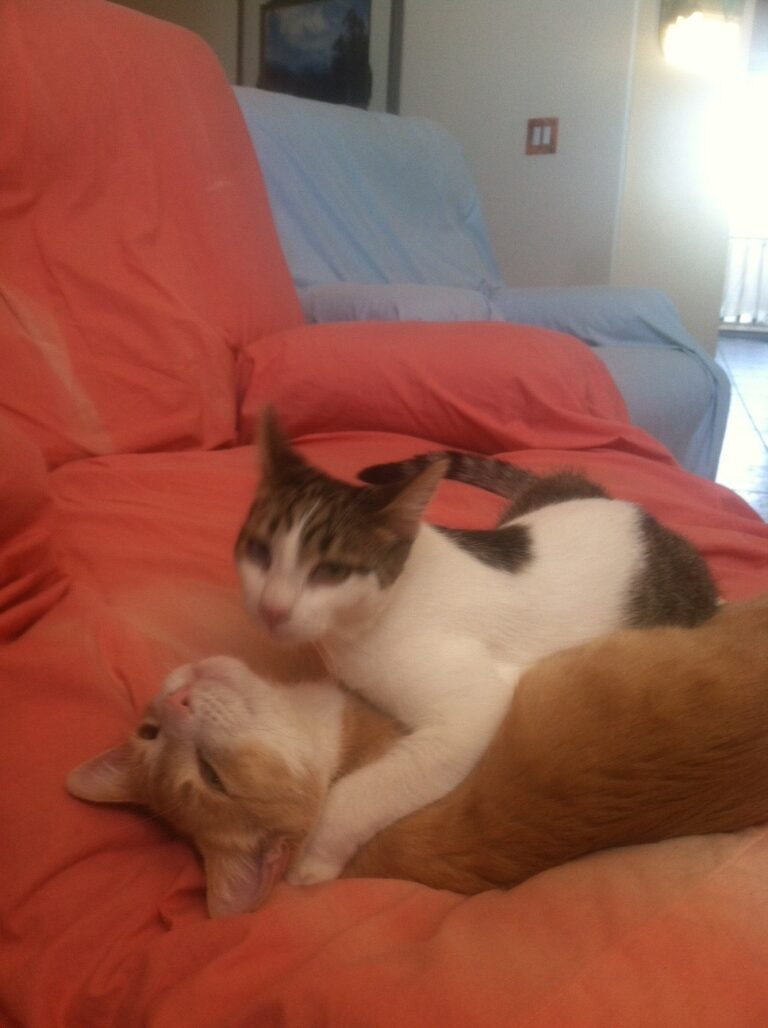How to Introduce Your New Cat to Your Other Pets
*This post may contain affiliate links for which I earn commissions.*
Now you have a new cat or kitten that is very comfortable with their room in the house and feeling very confident and close with at least one human. Success in these two areas is critical before you move on to introducing them to other family pets. The more the new kitty trusts the human/s the quicker and easier the final steps can go. I have another article that gives some great tips on dog introductions, so we will be focusing primarily on cat to cat introductions here.
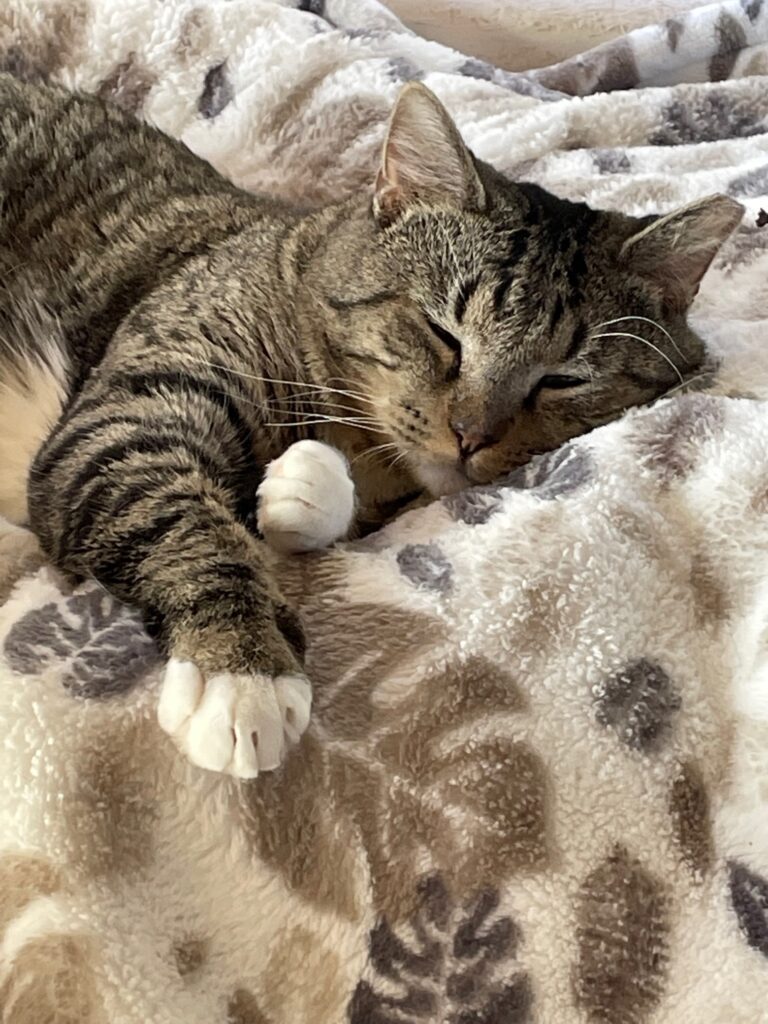
Remember slow equals fast is the winning formula. It is so much quicker and easier to progress too slow than it is to move to quickly and then have to rewind, undo, redo, and then try to move forward. It can take a lot of extra time to undo the ripple affects of a negative scenario. The one situation you want to avoid is a knock down, drag out, brawl that erupts between two or more cats. This can be even worse if they end up in an area that you can’t get to them to try and break it up. A good example would be in a closet or under a bed or behind a sofa etc.

In our experience we have found that generally male cats tend to be a little easier to work with regarding introductions. So male to male intros tend to go a little smoother, then is male to female, and finally female to female. I am only mentioning this as more of an FYI than anything else. I don’t recommend you adjust your adopting or search for a new cat based on this detail. It’s just good to know for introductions. Another detail that can make things go a little easier is if you have an age difference and or a noticeable size difference. This can help to limit issues during the introduction period and beyond. The older cat and the larger cat will often (but not always) be the dominate cat by default. Two cats about the same age and size may go back and forth more and longer trying to figure out who is the alpha. This can be helpful if you have a cat that is a little more of a challenge already and you want to add another to your household. We often just come across street cats from all backgrounds and personalities. that we rescue and have to work with.
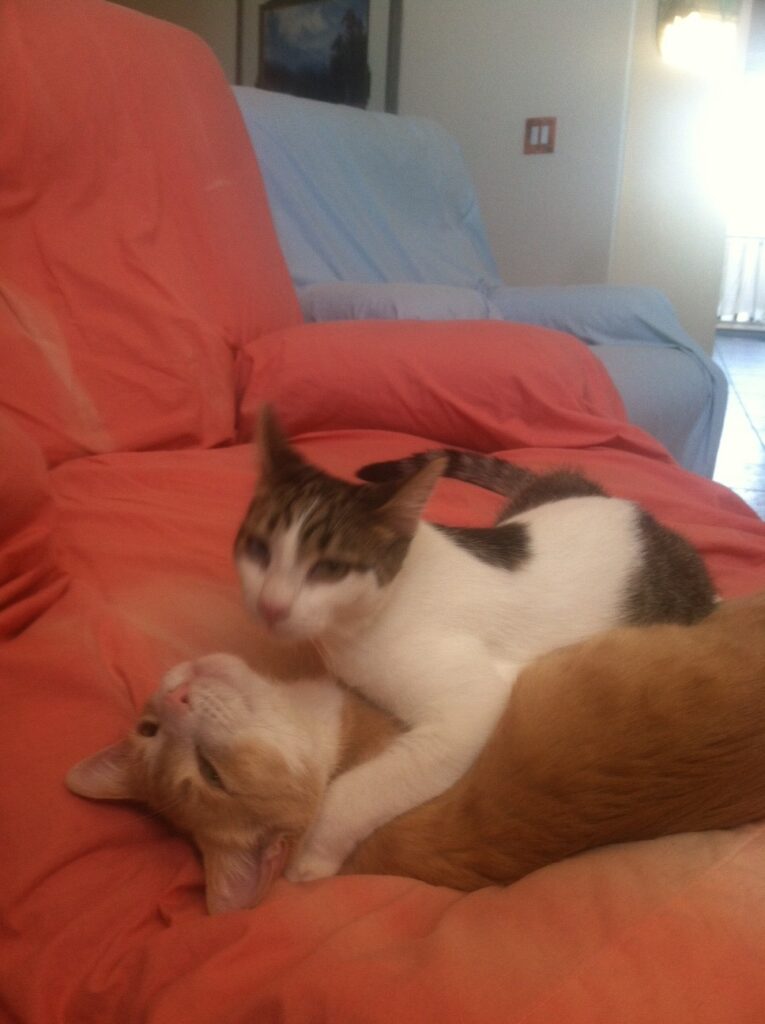
Now you are not going to just open the door and let the new kitty out, especially if your other cat is anywhere nearby. No matter how well things have gone thus far do not let your guard down here. A few smart steps prior to a face to face meeting will greatly increase your chances of success.
What we need at this point is some ways to expose the two cats to each other without allowing them direct contact right away. Knowing your cats personality and being able to gauge the vibe of both of them can be really helpful. Observing body language, the use of the tail, and overall attitude is key. The goal is to try and avoid very much negative outcomes. As soon as your efforts look like they are not going the way you want, then ending that session immediately is the best choice. You can always come back and try again later. Also if an introduction session has gone really well and has lasted for quite a bit of time ending it on a really good note can make the next session go much more smoothly. This approach can be helpful especially in the very beginning of the introduction process. If you have already had a few intro sessions and it’s going really well, then perhaps this might be your last official session and things can just kind of ease into more normal. You would still want to keep a close eye on them for a bit longer.
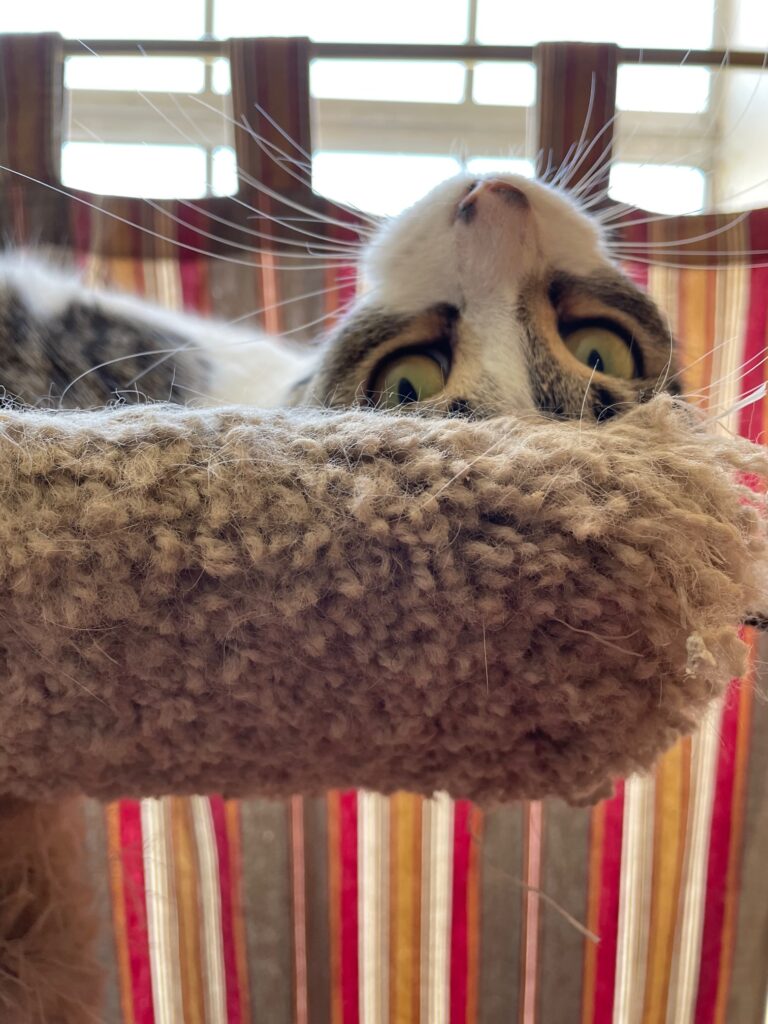
The options you have to try the early introductions depends on the layout of your home and what items you might have available. Some things you might try initially that can work in any situation include: allowing interaction under a closed door, exchanging sleeping bedding between them so they can get accustomed to the scent of each other. If this seems to go ok, then you can move onto an actual face to face introduction. I would recommend a few to several of these steps before you go to face to face just to make things go as smooth as possible later on.
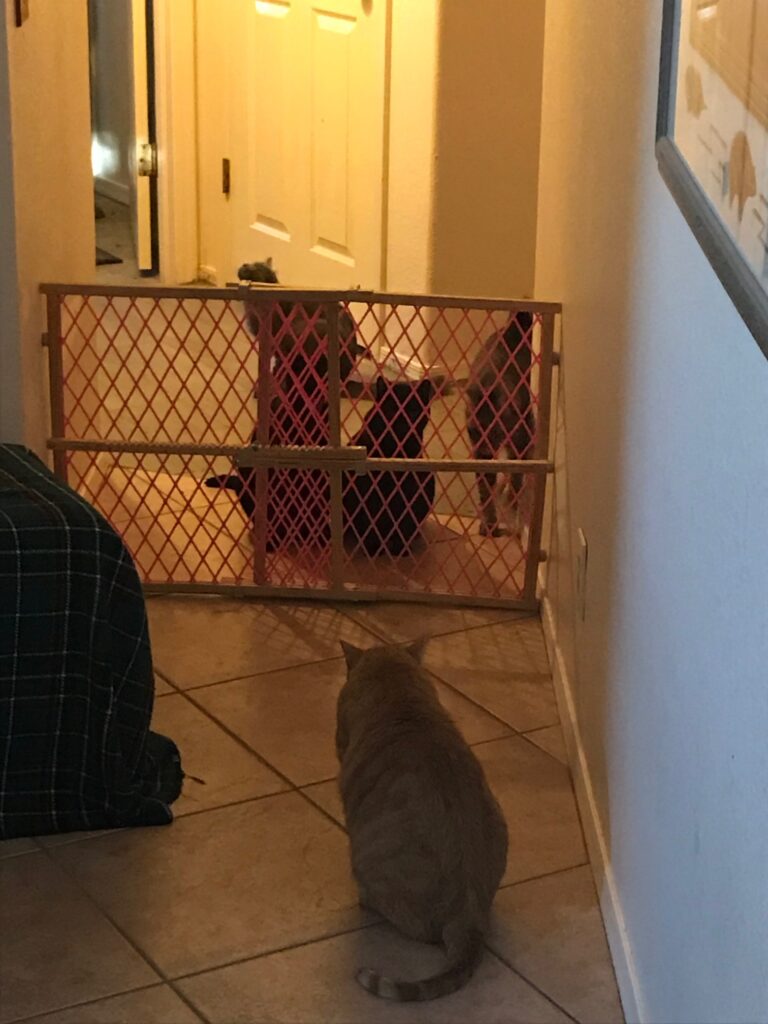
Doing a face to face introduction needs to be planned out before actually doing it. The best approach is if you have access to a glass patio door or screen door where they can be on each side and see each other without actually being able to make physical contact. Maybe you have a sun room or enclosed porch that would make this possible. We have used baby gates in the past with great success. We use baby gates to keep our dogs out of the litterboxes, cat food, and play areas for the cats. We will put baby gates in a doorway or end of a hallway and stack three of them on top of each other. This allows a new cat to see and smell the area just outside the gates, but not have access to the rest of the house or other pets right away. Remember we frequently will have multiple cats and dogs and then trying to introduce a new cat or semi-feral cat to them. This is no easy feat, but we have done this successfully several times.
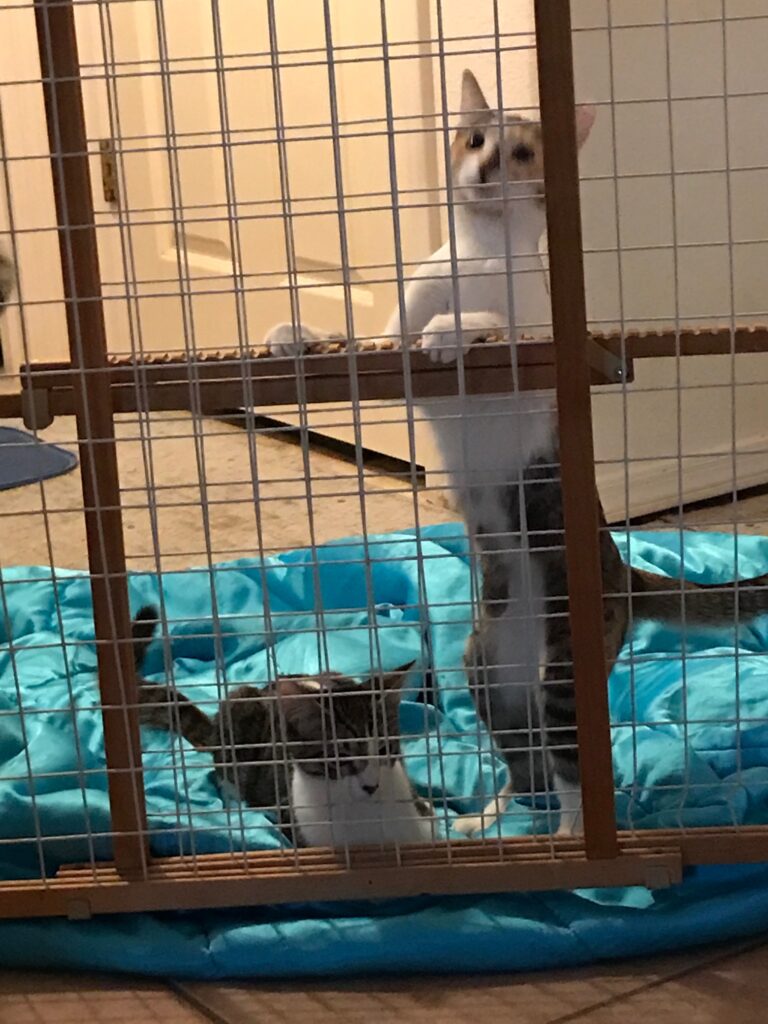
Having a squirt bottle with water in it can be helpful if things don’t go well or something unexpected occurs and sets somebody off. Consider the squirt bottle kind of like a fire extinguisher. Only use in case of an emergency. You would most likely spray your cat just enough to get them to let go or preferably back off prior to making contact. Just spraying in front of them, their tail, or feet is usually sufficient.
We will use the baby gate strategy for several days to help insure that any issues will be resolved or even eliminated prior to total access by each side. We will usually have at least one very mellow, extremely confident, and quite friendly cat that will be allowed to mingle with the new cat/kitten first. This shows both sides that there is no need to get all worked up.
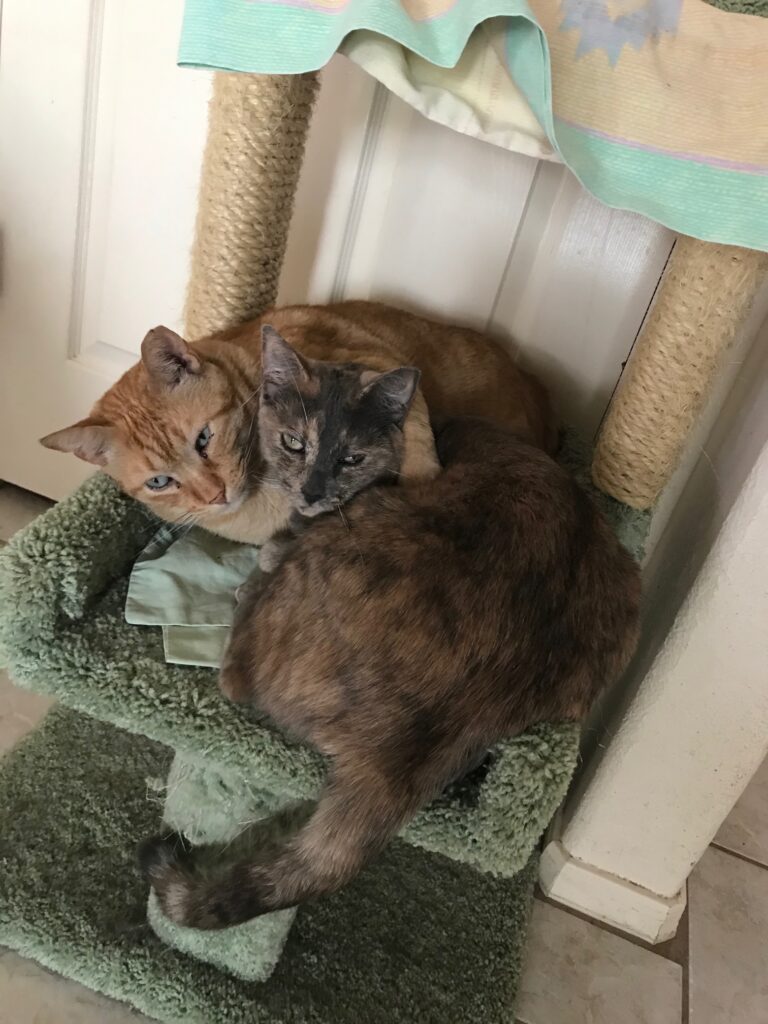
Other intro hacks you might try include playing with cat toys in general proximity of each other, feeding together, but not too close, or playing with your current cat or cats and letting the new cat just watch or participate a little if they feel comfortable and indicate a desire to get involved. Really any kind of slight distraction can take all the focus off the new cat and kind of move that down the line of concerns at least some.
The goal is to have some to a few to several exposure sessions with a lot or a little control to see how it goes. The more exposure with little or no eruptions from either side the more relaxed things will get and the chances of a big problem are greatly reduced. As much control as possible the first couple of times will allow all the cats and you to see where everybody stands at the beginning. After this initial step you will be better able to plan and prepare for the next step and so on.
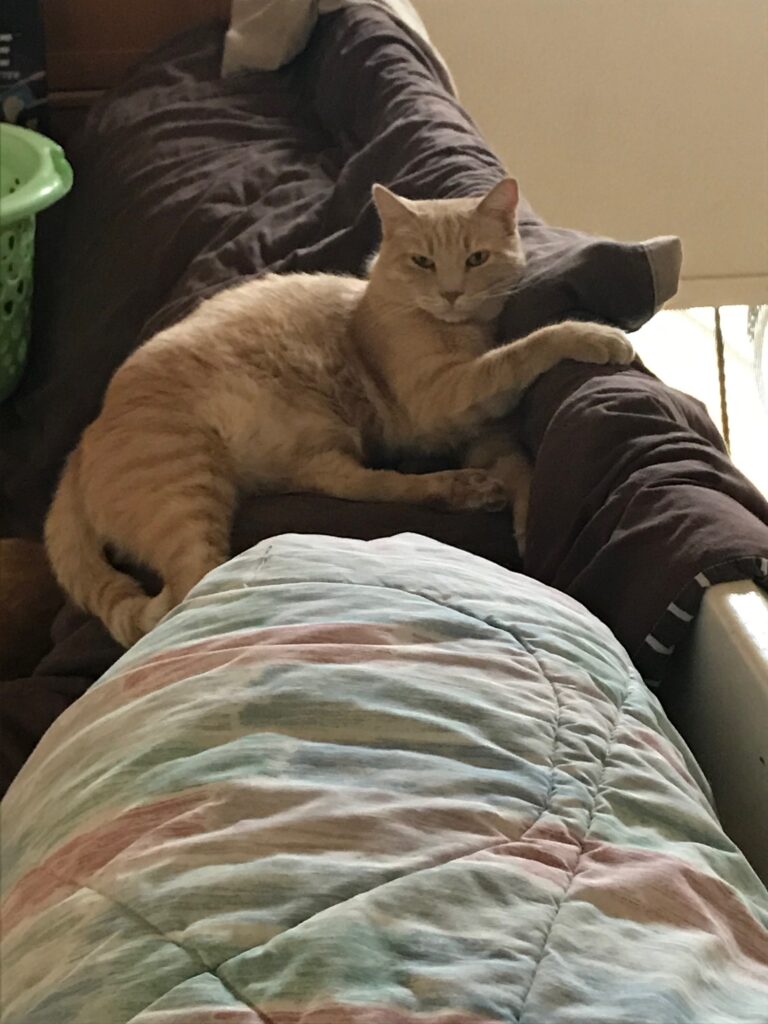
Patience is key. This might take a few days or a few weeks or maybe longer. Sometimes the new kitty gets a long fine with everybody but one cat. So now you just have to monitor those two only and perhaps go back to playing or feeding or cat treats given together. This will help them get more comfortable and also they will begin to associate being near the other cat as a GOOD thing!
I hope you found this article helpful. It is information that we have accumulated over decades of trial and error. There can be many challenges that pop up when trying to introduce a new cat to your current pets. These strategies discussed here will help eliminate or greatly reduce most of those issues you might encounter. I want to thank you for offering your home to a new cat. Every cat adopted helps others have a shot at a loving home in the future.

